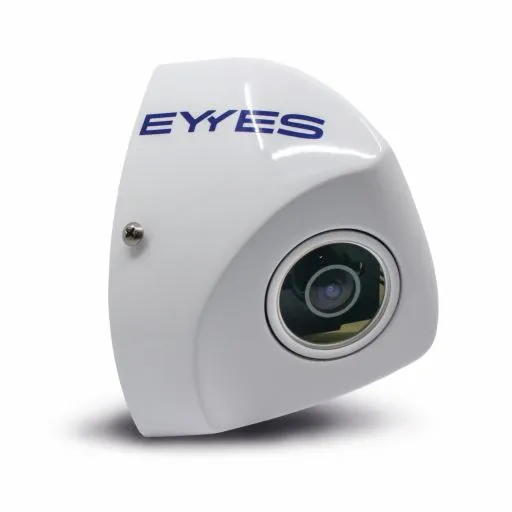
Brigade Electronics has launched a vehicle safety system in the UK which it says will protect vulnerable road users (VRUs).
CarEye Safety Angle Turning Assistant uses AI technology to detect pedestrians, cyclists and objects, evaluating footage from cameras fitted to the vehicle and warning the driver of a possible collision before it occurs.
Warnings are via either an audible and visual red alert if a person or object is at risk of being hit, or with a visual yellow alert if, for example, a person or object is moving away from danger – which the company says 'dramatically' reduces false alerts.
The system was trialled by Brigade's German partner Geier & Söhne Transportgesellschaft, which fitted the device to one of its Mercedes Actros vehicles.
Emily Hardy, marketing manager of Brigade Electronics UK, said: “There were 141 cyclists killed and 4,215 seriously injured due to road traffic collisions in 2020. One in three of these accidents could have been prevented with a sideguard assistant, such as CarEye. This makes such technology crucial in enhancing safety for every road user and helping to save lives.”
The product is suitable for commercial vehicles, including buses, and special and emergency vehicles, and can be retrofitted.
It also offers an extended surveillance area of blind spots of up to a length of 10m and width of 4m, and can detect bicycles in the second row behind parked cars, Brigade says.










